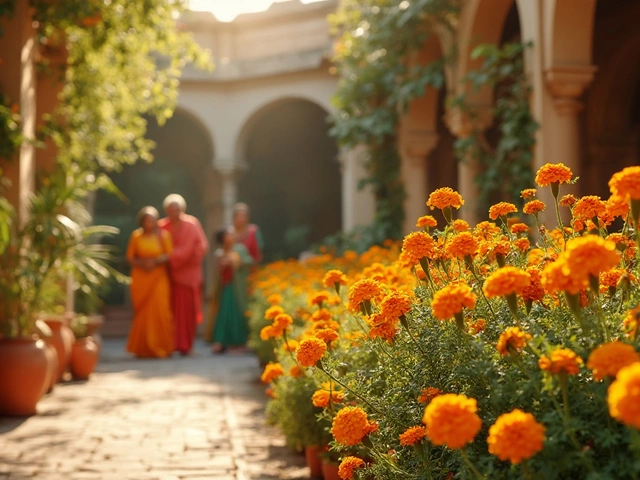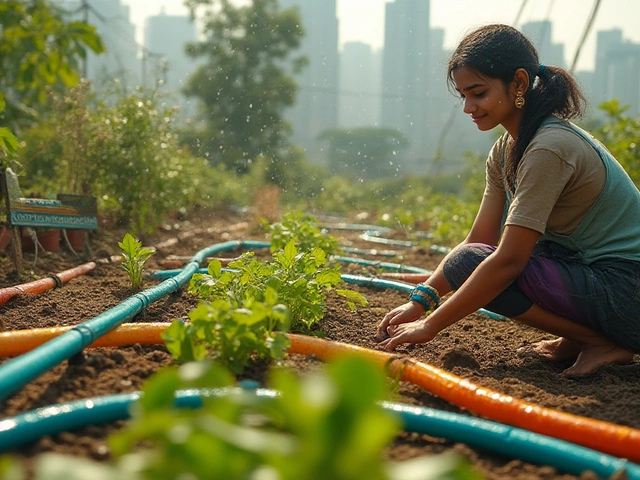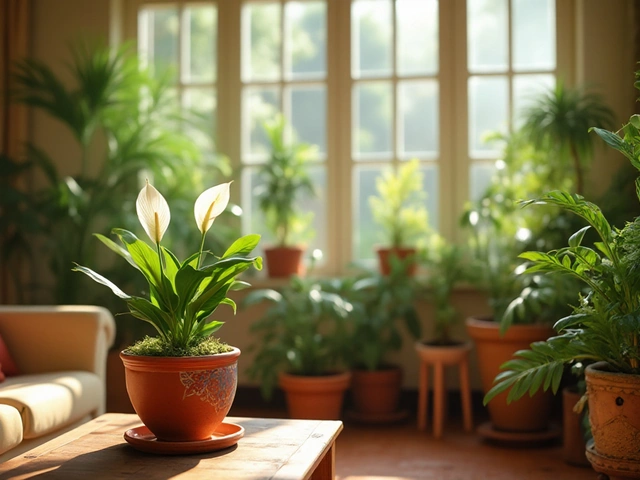Sunlight for Plants: Find the Right Light for Every Green
Sunlight is the number‑one driver of plant health. Too little and leaves turn yellow, growth stalls. Too much and you get scorched foliage. The trick is to match the light a plant wants with what’s actually available in your home or garden.
How to Check Sunlight Levels in Your Space
The easiest test is the "hand" method. Place your hand on the windowsill at noon. If you can see your palm clearly, the spot gets strong, direct sun (about 5‑6 hours a day). If you see a faint shadow, that’s medium light. No shadow at all means low, indirect light.
For a more precise read, use a cheap light meter or a smartphone app. Aim for 2,000‑3,000 lux for medium‑light plants and 4,000‑6,000 lux for sun‑loving varieties. Remember that winter days are shorter, so a south‑facing window may drop from high to medium light as the season changes.
Matching Plants to the Right Light
Group plants by their light needs. Low‑light champs like snake plant, ZZ plant, and pothos thrive in north‑facing windows or a few feet away from a bright window. Medium‑light favorites such as spider plant, philodendron, and herbs like basil do well in east‑ or west‑facing spots with 3‑5 hours of direct sun.
High‑light lovers need the full sun. Think tomatoes, peppers, roses, and most succulents. They belong in south‑facing windows or outside where they catch at least 6 hours of direct light. If you’re growing outdoors, watch the shade‑cast of trees, walls, or fences; even a few hours less can slow growth.
When a plant’s leaves start to drop, turn brown, or stretch (known as etiolation), it’s a sign the light is off‑balance. Adjust the pot’s position or add supplemental lighting.
Boosting Light When It’s Not Enough
For indoor gardeners, sheer curtains can soften harsh midday rays while still delivering enough light. Rotate pots every week so every side gets a turn at the sun.
If natural light just won’t cut it, invest in a basic LED grow light. Position it 12‑18 inches above the foliage, run it 12‑14 hours a day for low‑light plants and 16‑18 hours for high‑light ones. LED lights are cheap, energy‑efficient, and don’t generate much heat.
Outdoors, consider reflective mulches or white rocks to bounce extra light onto low‑lying beds. Prune overhanging branches in late winter to open up the canopy for the coming growing season.
Bottom line: knowing how much sun your space offers and pairing each plant with the right light level will keep your garden thriving, whether it’s on a balcony, in a living room, or out in the backyard.
Best Orientation for Your Kitchen Garden: Maximize Sunlight and Growth Success
Choosing the right orientation for your kitchen garden can make a massive difference in plant growth and harvest yields. When planning your garden, consider sunlight, wind protection, and space optimization. This article explores various positioning strategies, providing practical tips to enhance productivity. Discover how to use natural elements to your advantage and create a thriving garden.
About
Kitchen Gardening
Latest Posts


Most Popular Flower in India: Why the Marigold Reigns Supreme
By Alden Thorne May 27, 2025

Main Types of Drip Irrigation: Surface vs. Subsurface Explained for Gardeners
By Alden Thorne Jul 14, 2025

Indian God of Vegetables: Myth, Meaning, and Tips for Better Gardening
By Alden Thorne Apr 26, 2025

